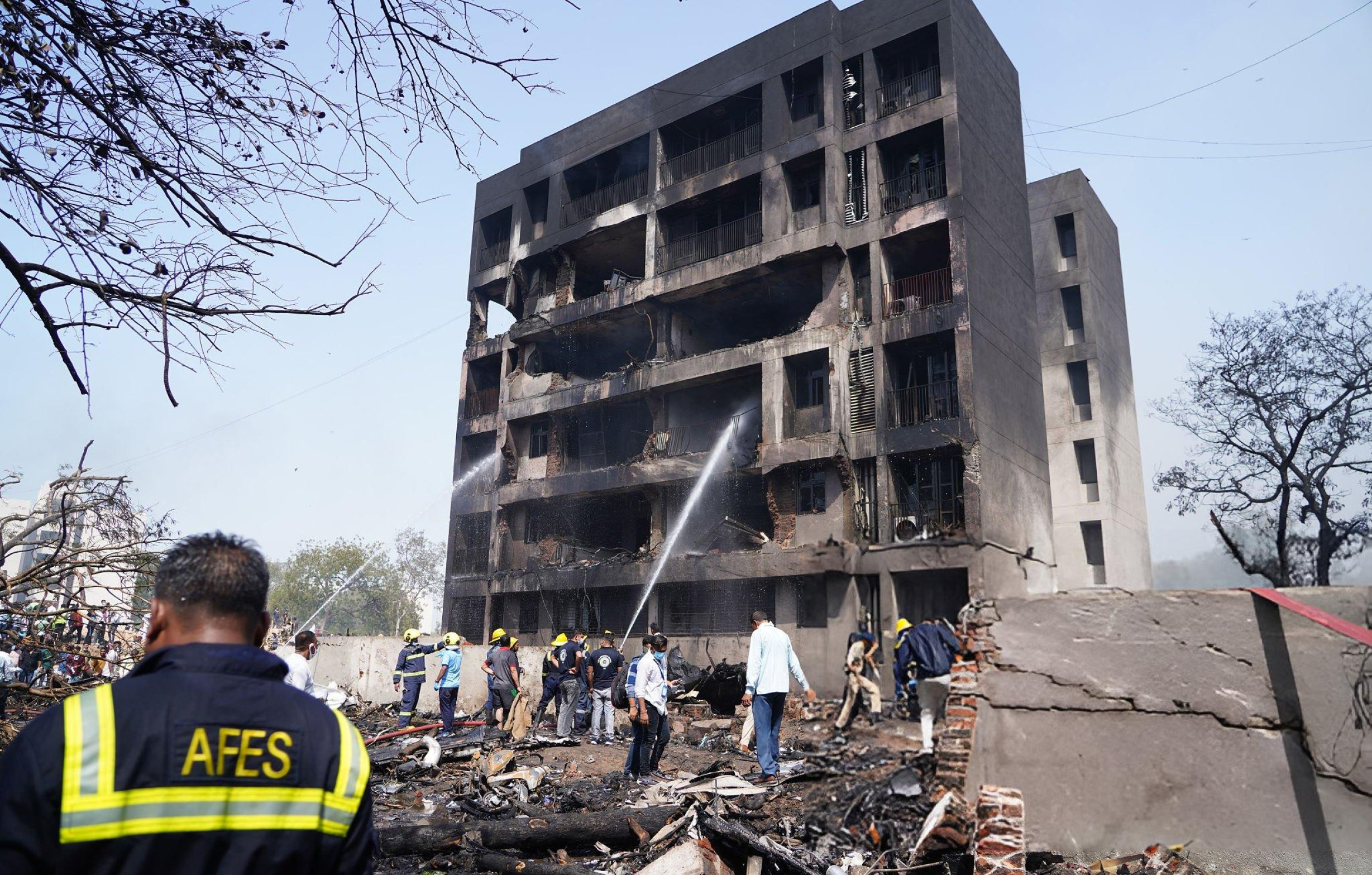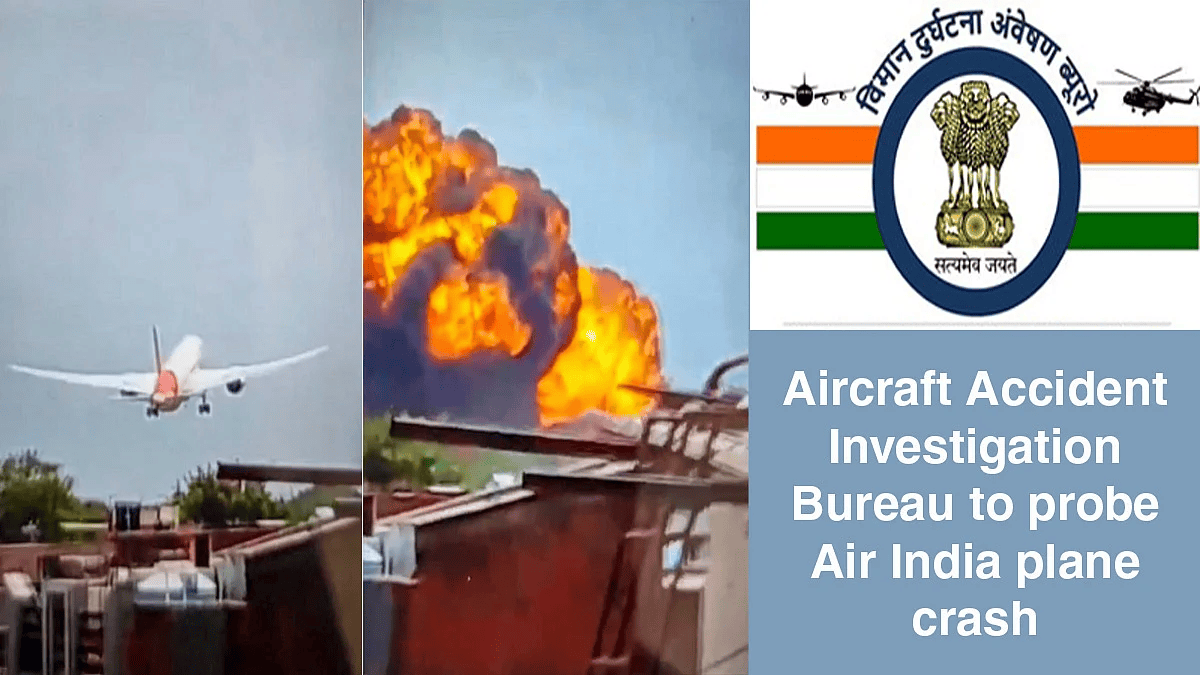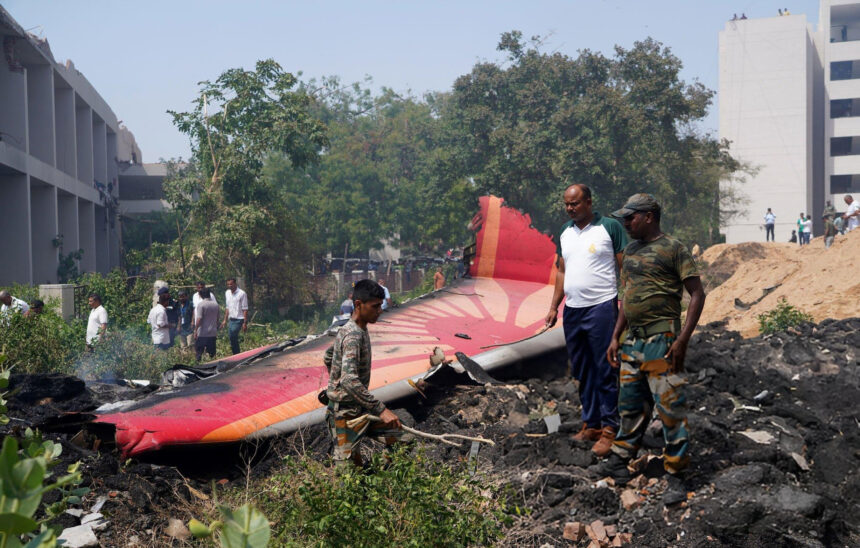On June 12, 2025, Air India Flight AI-171 departed from Ahmedabad’s Sardar Vallabhbhai Patel International Airport, carrying over 240 passengers and crew. The intended route destination London Gatwick was well-established and typically uneventful. Yet, within just 32 seconds of takeoff, the aircraft suffered a catastrophic failure.
Impact occurred with a nearby college hostel, resulting in the complete loss of everyone on board and an additional 19 fatalities on the ground. In total, 260 lives were lost. The incident triggered immediate scrutiny and widespread concern, both among affected families and the broader public.

Now, over a month since the accident, investigators remain deeply engaged with both the physical debris and the broader implications. Their focus: determining the root cause and, crucially, identifying measures to prevent any recurrence of such a tragedy.
A Sudden Silence in the Sky
Analysis of the black box data produced a genuinely unexpected result. Immediately after takeoff, both engines’ fuel control switches switched to the “cutoff” position. To put it bluntly, this is the aviation equivalent of turning a car’s engine off in the middle of highway traffic.
With the fuel supply cut, both engines shut down. In the following seconds, the crew attempted engine restarts, cycling through emergency procedures in the cockpit. Audio from the cockpit voice recorder reveals confusion both pilots insisted they hadn’t touched the switches. The aircraft, unable to maintain altitude, entered a rapid descent and impacted a nearby building, resulting in a post-crash fire.
So, what triggered the cutoff? Was there a mechanical malfunction? A flaw in system design? Did human error play a role? Or is there another, less obvious factor at work? The cause remains a technical mystery, demanding thorough investigation.
Who’s Leading the Investigation?
India’s Aircraft Accident Investigation Bureau (AAIB) has assembled a five-member investigation committee, each with an extensive background in aviation safety and aircraft systems.

The investigation is being led by Sanjay Kumar Singh, AAIB Director, recognized for his expertise in crash forensics and prior involvement in significant aviation investigations across India.
Jasbir Singh Larhga, serving as Chief Investigator and Deputy Director at AAIB, contributes decades of technical experience and is known for highly detailed investigative work.
Supporting the AAIB leadership are three officials from the Directorate General of Civil Aviation (DGCA):
- Vipin Venu Varakoth,
- Veeraragavan K, and
- Vaishnav Vijayakumar.
Each of these specialists focuses on air safety compliance, flight operations analysis, and aircraft systems auditing.
The team is conducting a comprehensive analysis, which includes examination of flight data recorders, engine components, pilot credentials, airline maintenance documentation, and relevant external communications, in order to determine the root cause of the incident during the brief flight.
Mixed Reactions: Between Silence and Outrage
Not everyone is pleased with the communication surrounding the investigation. Pilots’ unions responded swiftly after preliminary reports suggested pilot error. The Indian Commercial Pilots Association described these implications as “insensitive” and cautioned against assigning blame to crew members who cannot respond to allegations.
Victims’ families are also expressing frustration. Many have noted a lack of transparency in official updates. As one relative remarked during a memorial in Delhi, “We don’t want speculation. We want the truth.”
Their concerns extend beyond personal closure; they seek accountability. If this incident was preventable, it is crucial to determine where the failure occurred.
A Warning That Was Ignored?
To add further context, there’s a 2018 advisory from the FAA highlighting a potential problem with the Boeing 787’s fuel cutoff switch. This wasn’t a formal directive, more of a technical notification for airlines to keep in mind. Air India, along with several other operators, chose not to implement any changes at the time.
With the recent crash, that lack of action is drawing scrutiny.
Now, it’s up to the AAIB panel to determine whether this was an overlooked mechanical issue on Boeing’s part, or perhaps a gap in regulatory oversight. The outcome will be closely observed by both industry professionals and the public.
The International Angle
Given that the aircraft in question is a U.S.-manufactured Boeing 787, with London as its destination, multiple international agencies have become involved in the investigation. The U.S. National Transportation Safety Board (NTSB), the UK’s Air Accidents Investigation Branch, as well as Boeing’s technical specialists, are all actively contributing their expertise.
The flight data and cockpit voice recorders, commonly referred to as “black boxes” have been secured and are currently undergoing comprehensive data analysis. Every recorded sound, anomaly, and period of silence is being meticulously scrutinized for relevant information.
What Happens Next?
The AAIB is anticipated to issue an interim update within the next few weeks. The comprehensive final report will require a longer timeframe—potentially several months—but should deliver actionable technical recommendations, identify areas of accountability, and propose systemic enhancements aimed at preventing recurrence of similar incidents.
In parallel, the Ministry of Civil Aviation has mandated a thorough safety audit covering all operational long-haul aircraft. Boeing may also be compelled to reassess critical cockpit component designs, with particular emphasis on the fuel system interface, to address any identified vulnerabilities.
A Nation in Mourning, an Industry Under Pressure
Since the AI-171 incident on June 12, families have faced an ongoing struggle for answers—there’s a persistent absence of closure, with critical questions still unresolved. For the aviation sector, this crash was a stark indicator that existing safety frameworks have gaps. It prompted a comprehensive review, pushing engineers, regulators, and operators to re-examine and update protocols.
Aviation runs in seconds. In this case, less than thirty seconds was all it took for normal operations to turn catastrophic. The industry’s response to the insights gathered from that short span will directly impact how safe air travel is going forward. What gets fixed now isn’t just about this one event—it sets the standard for everything that follows.
Pulled directly from official AAIB updates and publicly accessible sources as of July 2025. For the most current developments, refer to The Vue Times.










